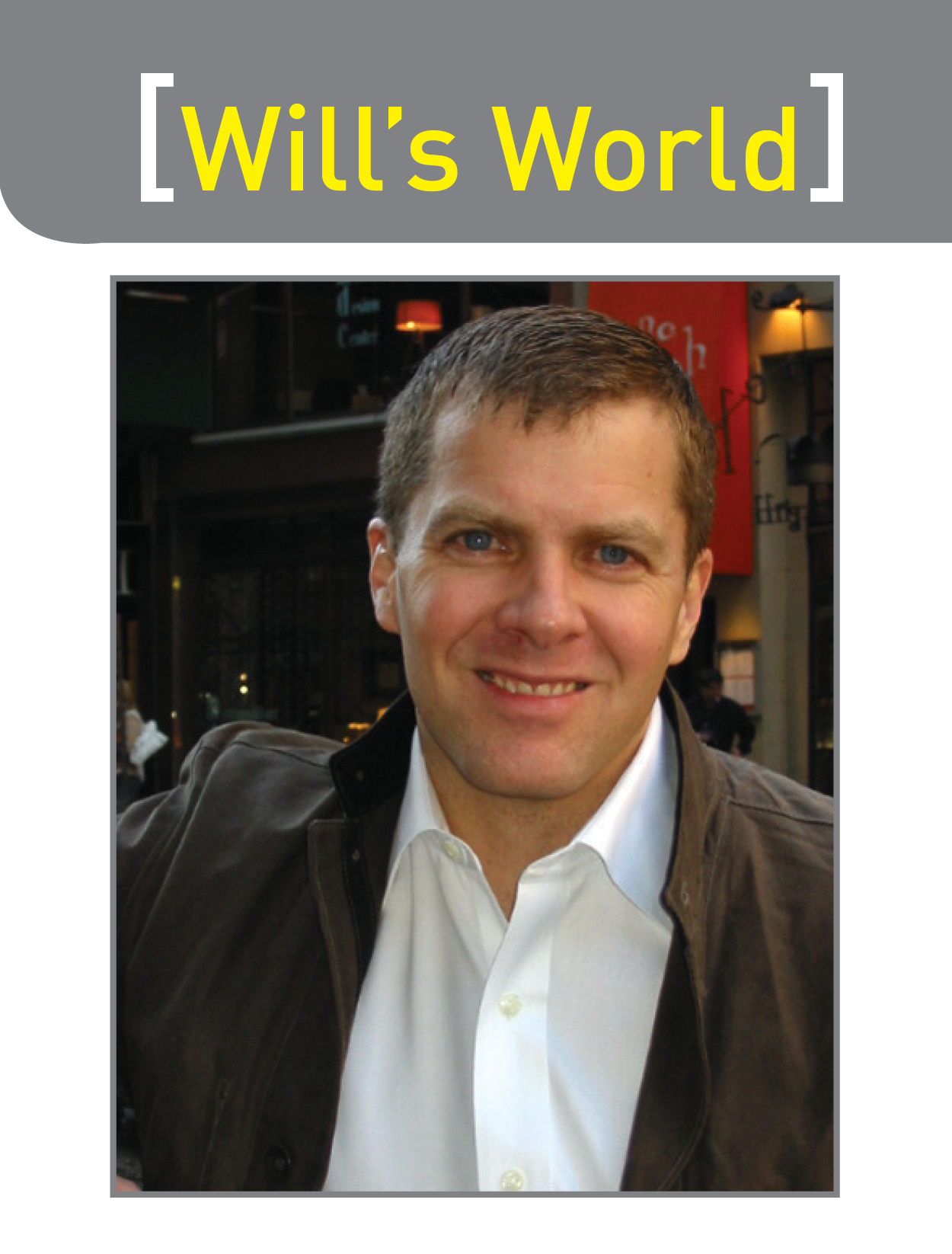Alan Thatcher introduced Peter Barker first. Dressed in all black and not wearing a warm-up, Barker quickly walked down the aisle outside the left wall of the all-glass court, made the turn at the back wall, and jogged over to the door and up onto the elevated court.
Barker shook Thatcher’s hand as Barker passed by on his way to the left front of the court. After doing a couple of lunges, he stood bouncing on his toes as Thatcher began to introduce James Willstrop, Barker’s opponent in the finals of the 2013 Canary Wharf Squash Classic.”
In contrast to Barker, Willstrop was wearing warm-ups (a grey jacket and blue pants), and he walked rather leisurely down the same path to the court. Once on court, he shook Thatcher’s hand, reached over and also shook hands with Barker. By the time this second salutation was finished, Thatcher already was closing the court’s door behind him.
The special white ball used for all-glass courts was in the back right corner of the court, and Willstrop used his racquet to flip the ball off the back wall into the side wall and into his left hand. Immediately taking his racquet back, he hit the ball out of his hand crosscourt to the waiting Barker. The warm-up had begun.
What happened next is something that an increasing number of junior and amateur players would find very odd.
Willstrop and Barker rallied.
That is, they hit the ball back and forth to one another.
Even more clearly, Willstrop hit a crosscourt to Barker who volleyed the ball back to James who volleyed the ball back to Peter. And it went on.
Every ten shots or so, one of the two players hit a ball back to himself before returning it to his opponent (usually one, but occasionally two, and never more unless the last ball didn’t go exactly where the player wanted). Upon receiving it, the opponent usually also hit a ball or two back to himself before hitting his own crosscourt. The players then began another back-and- forth rally for at least seven-to-ten shots.
This is how the pros do the warm-up.
All too often these days, amateur players hit the ball back to themselves more than they hit it to their opponent. Recently, a junior player was spotted hitting the ball ten-to-twenty times to herself before finally hitting the ball crosscourt to her opponent. Every time the first girl hit the ball, her opponent started to take her racquet back expectantly only to watch as the first hit yet another ball to herself.
Let’s be very clear here: this is not acceptable. It is bad sportsmanship, it isn’t fair, and it is against the rules.
Rule 3.2 is quite clear that the warm-up must be fair: “In the warm-up, both players must have equal opportunities of striking the ball. A player retaining the strike for an unreasonable time is warming up unfairly. The Referee shall decide when the warm-up is unfair…”
It may be time for the rule to become even more explicit, stating something like “In the warm-up, the players shall rally primarily by hitting the ball back and forth.”
The rules used to allow players to warm-up separately in case the warm-up wasn’t fair. But with the thought that the referee would ensure that warm-ups are done properly, it was deemed unnecessary, and it was eliminated. The current rules, which came into effect in 2001, require that players warm-up together before the start of a match.
There is one serious player who is known to attempt to hint to offending opponents that they are not rallying by apologizing every time he himself hits the ball twice in a row, hoping that his opponent will realize that the apologies are because it is “understood” that, in the warm-up, the ball should be hit back and forth. If that doesn’t work (and it usually doesn’t), he will suggest, “Hey, let’s see if we can get a rally going.”
Perhaps the rise of these poor warm-ups is that players mistakenly think that the warm-up is an extension of a practice session; in an attempt to get their shots “grooved,” they hit to themselves until they feel the shot is working properly.
Experienced players have grooved their shots long before the warm-up, and they know that rallying is the most effective way to get ready right before playing; the ball gets warm more quickly, players adjust to the speed of the ball better, and they more quickly get a sense of how well their opponent hits a variety of shots.
In social matches, players might argue that they are coming to the court straight from school or the office; with little opportunity to prepare before getting on court, they have to hit the ball to themselves in order to hit enough balls. Ironically, the reason they feel this way is at least partly because their opponents often are doing the same thing; each player is so consumed with trying to get their own game ready that they have forgotten that the fastest and best way to get ready is to hit the ball back and forth.
The pros know.
When Barker and Willstrop began their match, even with the nerves of a significant final, they played with startlingly high quality. Each player took one of the first two games before Willstrop closed out Barker in four. The commentators, the spectators and the players all commented afterwards at the incredible level of sportsmanship and squash.
It all started with a handshake and a rally.
Learn from the best.


